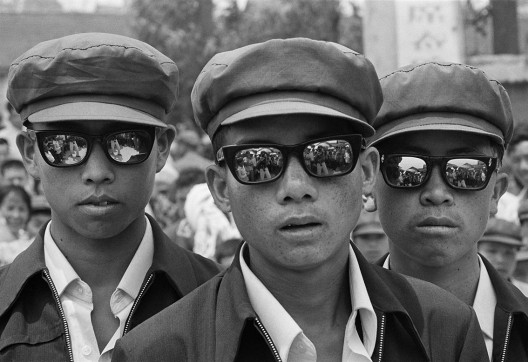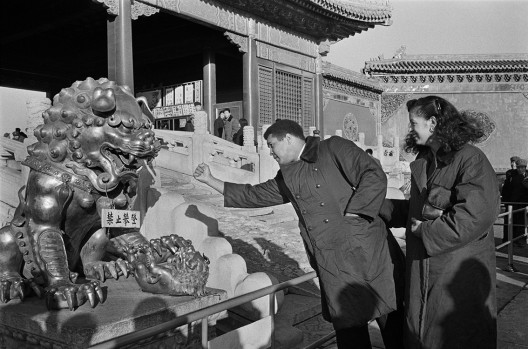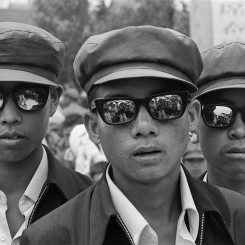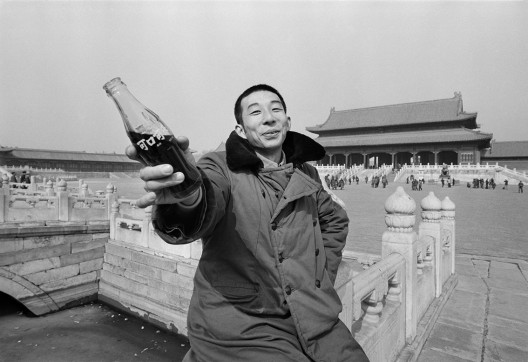[Press release]
Liu Heung Shing began photographing China in 1977 as a young photographer enjoying the privilege position of a posting in Beijing for the American Time magazine. The late 1970s in China was a time of change, a time of new beginnings. In 1978, paramount leader Deng Xiaoping mapped out a vision for economic reform which instituted a programme of modernization. This was the start of a socio-political momentum which has made the China we see today. Following studies abroad, now an accredited photojournalist Liu Heung Shing was perfectly positioned to photograph one of the greatest social transformations the world has seen.

As a result of the “open door” policy, from the late 1970s modern fashions began to influence China’s youth | Yun Nan | 1980
Those photographs taken in the late 1970s and early 1980s document the first seeds of change as the people embraced many new elements of daily life. As the reform deepened, living standards rose and the urban and cultural landscape evolved. In recent years, Liu Heung Shing’s photographs include portraits of individuals who fill China’s growing list of success stories from the world of business and the arts.
Today, Liu Heung Shing makes his home in Shanghai, where he is the founding director of the Shanghai Center of Photography, just one of the leading cultural institutions that have sprung up in this leading Asian city in the recent decade.
About the Photographer
Liu Heung Shing was born in Hong Kong in 1951. As a young photojournalist he apprenticed at Life magazine in New York the 1970’s where he was inspired and influenced by the legendary team of Life photographers including Gjon Mili. In 1977, he moved to Beijing where, in 1979, he became the chief photographer for the Associate Press (AP). In 1989, he was awarded Picture of the Year for his Tiananmen coverage. In 1992, he shared the Pulitzer Prize for Spot News for his coverage of the collapse of the Soviet Union.

Muhammad Ali throws a fist at the golden lion in the Forbidden City as his wife, Veronica, looks on | Beijing | 1981
In recognition of his book China after Mao, published by Penguin in 1983, Newsweek magazine called Liu Heung Shing “The Henri Cartier Bresson of China.” In recent years, collaborating with publishers such as Penguin, Taschen, Penguin/ Viking, Liu Heung Shing’s publications have achieved an authoritative voice on photography in China.
About the China Cultural Center (CCCBKK)
China Cultural Center Bangkok is the first China cultural center in Southeast Asia. CCCBKK’s mission is to promote Chinese culture as well as to expand China’s communication and cooperation with Thailand, and to enhance the friendship between the two countries.


